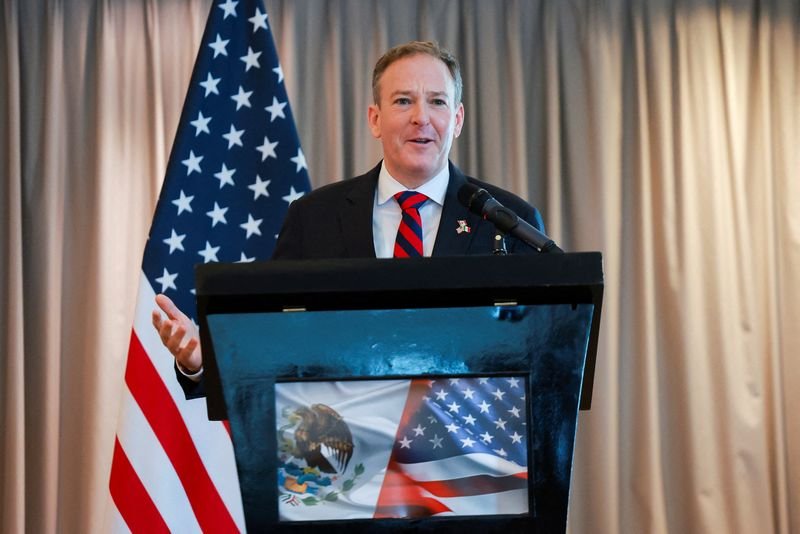Trump Administration’s EPA Plans Major Changes to Greenhouse Gas Regulations
The Environmental Protection Agency (EPA), under the Trump administration, is set to make significant adjustments to existing regulations related to greenhouse gases. These changes aim to reshape the landscape of environmental policies regulating emissions from power plants and other industries.
Repeal of Key Regulations
The primary focus of the proposed changes is the rollback of crucial regulations established under previous administrations. These rules were designed to limit carbon emissions significantly, in line with international climate agreements and public health initiatives. By rescinding these measures, the EPA aims to enhance economic growth and reduce regulatory burdens on various sectors.
Economic Implications of Deregulation
Supporters of the deregulatory approach argue that loosening restrictions can lead to increased job creation and economic expansion. They believe that reduced compliance costs for businesses will make them more competitive, leading to economic benefits across multiple industries. However, critics warn that such actions could have adverse long-term effects on public health and the environment.
Stakeholder Reactions
The proposed changes have elicited a mixed response from stakeholders. Environmentalists express concerns over the potential impact on air quality and climate change mitigation efforts. They argue that retracting these regulations could accelerate climate-related disasters and undermine efforts to reduce carbon footprints. On the other hand, some business leaders welcome deregulation as a way to stimulate growth and innovation within their industries.
The Role of Public Health
Public health advocates also weigh in on the issue, stressing that increased emissions can lead to serious health problems. Air pollution from industrial emissions has been linked to respiratory conditions and other serious illnesses. The rollback of greenhouse gas regulations raises alarms about potential public health crises, as unregulated emissions could exacerbate these existing health risks.
National and Global Climate Commitments
The changes in EPA policies arrive amid broader national and global discussions on climate commitments. The United States has previously pledged to reduce greenhouse gas emissions as part of international accords, such as the Paris Agreement. The potential repeal of these regulations raises questions about the country’s future commitment to these environmental goals and its leadership role in combating climate change.
Implementation Timeline
The EPA’s proposal has begun to engage stakeholders in discussions about how these changes will be implemented. The timeline for the final decision is under consideration, with public comments expected to play a significant role in shaping the outcome. As the agency evaluates feedback from various parties, the details of how and when these regulations will be rolled back remain uncertain.
Potential Legal Challenges
The planned changes to EPA regulations are likely to face legal challenges as environmental groups and concerned citizens may seek to block the rollback in court. Previous attempts to overturn environmental regulations have often ended in litigation, making it essential for the EPA to review its strategies carefully. Legal experts suggest that any significant changes would need to withstand scrutiny to avoid prolonged court battles.
Future of Greenhouse Gas Regulations
As the EPA continues to propose adjustments to greenhouse gas regulations, the future of environmental policy in the United States hangs in the balance. Key factors, including economic conditions, public health impacts, and international commitments, will influence the eventual direction of these policies. Stakeholders remain vigilant as they monitor developments, recognizing that these changes could have lasting repercussions for both the environment and the economy.
In this dynamic regulatory landscape, the balance between economic growth and environmental protection appears more critical than ever. The coming months will prove vital in determining how the EPA navigates this complex issue and the implications for greenhouse gas management nationwide.
